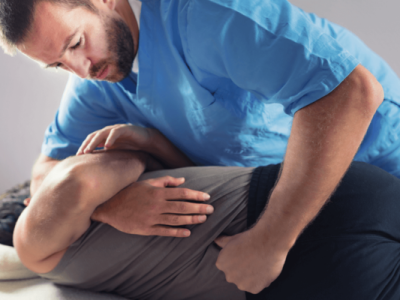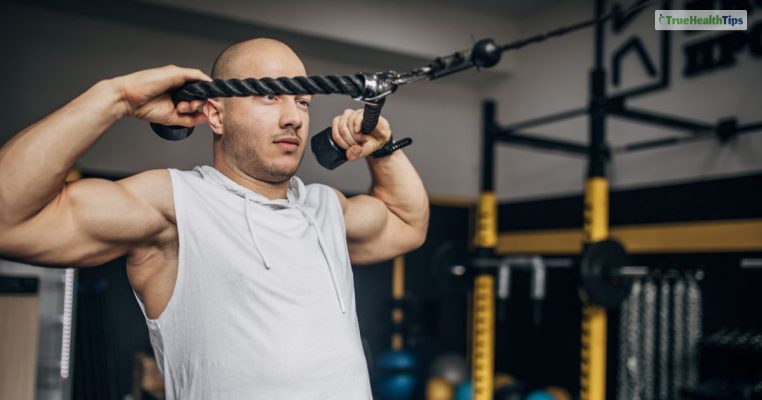
Face pulls- no, it isn’t pulling your face fat out to give it a “toned” look. This is a confusing term, for sure. But the logic behind its naming will leave your mind blown. The exercise involves a movement that brings the equipment close to one’s face. Thus giving it the name “face pulls.”
Any good fitness enthusiast or trainer will tell you to fit face pulls into your routine. As per Jeff Cavaliere, MSPT, CSCS at Athlean-X, “Face pulls help strengthen muscles that are chronically weak in our upper body. These get stretched out all day when we sit in a slumped position.” The article will focus on describing the exercise and suggest exercises that help build the rear delts. Let’s dive face-first!
What Are Face Pulls?
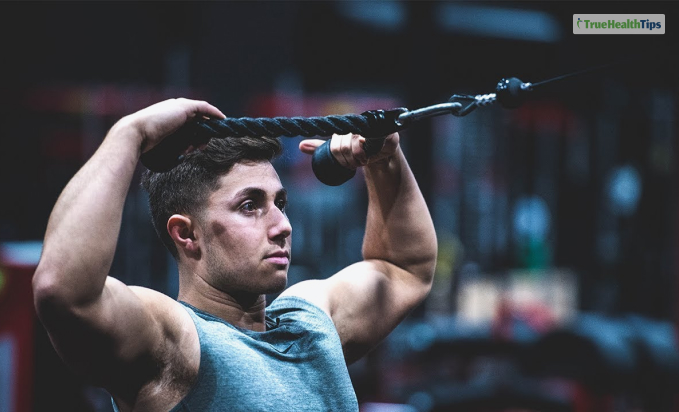
Face pulls are an effective exercise that targets posterior deltoids or what gym rats call the “delts.” And save you from injuring your shoulders. These help strengthen the shoulders, as it targets the deltoids that are usually neglected. The exercise is a relatively simple technique to prevent any imbalance.
Face pulls include exercising the rear delts such that they are strengthened, and there isn’t any muscular imbalance. This is of importance as most shoulder exercises include pressing and raising movements that work the anterior and lateral delts. Thus, face pulls focus on the rear delts that improve the shoulder stability and poor posture.
How To Do Face Pulls
Face pulls can be done with the help of minimum equipment, such as just a pair of dumbbells or a cable extension machine. Follow these steps to get your face pulled right using a cable pulley:
- Reach up to the handles and grasp the handles with both hands, palms facing in. Then, step back until the arms are fully extended, and keep your core engaged while slightly leaning back. You must position your body roughly at a 20-degree angle.
- Your thumbs should be pointing backward as you keep your elbows below your shoulder.
- Pulling the ropes towards you, lift the weight from the stack and engage your shoulders. This is the starting position. You must do this by rolling back your shoulders for a good posture. The point is not to have a bad posture where you are hunching or rolling forward.
- Pulling the handles of the attachment directly towards your forehead. Keep your palms facing inwards with your elbows flaring out. The elbows will go out towards the sides while you engage the rear delts.
- Reversing the movement, slowly extend your arm without rolling your shoulders or chest forward. The posture that we started with should be maintained throughout the exercise.
Reps and sets: You can start with 5-10 reps of the exercise, as much as you can do without straining yourself. Try doing two sets with ten reps.
How To Do Face Pulls At Home!
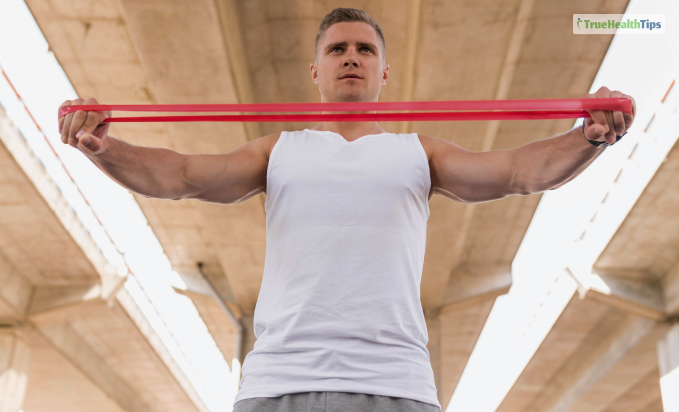
Resistance band face pulls at home are easy to do; you just need to understand that there are differences between cable pulls and using a resistance band to get this done. Anyone with a good knowledge of what difference gym equipment can make will tell you if you have access to a cable machine at the gym- go for it.
The use of resistance bands will make your muscles work, too. However, it is not as effective as the cable pulley machine.
- Stretching the band further will make it more difficult. The ending of this exercise is a little tricky.
- Doing a full range of the motion where your arms are out in front of you.
- This makes sure that you are engaging your scapula by protracting them and coming back into the face pull.
- You also have to figure out the correct band that does not feel like you are losing your strength.
- If you do not have the option of using a cable pulley, then use a light band or stand close to the band.
- However, when you are doing this at home, the best way to get the exact impact of doing the exercise at the gym is by squeezing the shoulder blades together.
Face Pull Tips
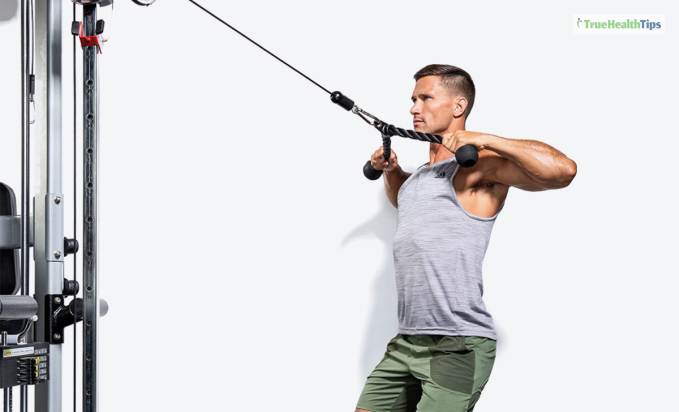
The main goal of performing an activity is to gain something from it. The same stands for this exercise; you want to get the best out of face pulls. The following list provides tips to improve your face pulls:
- Start with lighter weights if you are doing the exercise at the gym. This is because the rear deltoids are the primary muscles that are the MVP of this exercise. When you are doing the exercise, you pull the rope towards your body, and when the muscle group is the rear delts, these are not very big. Thus, when you use light weights instead of the big muscles, the intended group is targeted.
- Squeezing your shoulder blades is the best tip that you can get from a trainer. Squeezing them can make sure that the impact of the move is on the right muscles- here, the rear delts when you are pulling the rope or the band towards your body. You should bring your shoulder blades together. This helps in engaging the upper back muscles to allow better control by the rear delts.
- Focusing on your form is the breaking point of the exercises. When you have a good posture as per the exercise, you can reap the most benefits. Make sure when you are starting the activity you are standing tall, your elbows are facing outwards, with your palms facing in.
- If you are experiencing discomfort, then you should try changing your stance. If you can feel your lower back under stress, then you should try taking a staggered stance that reduces the discomfort.
More Exercises That Can Help You Work The Same Muscles
The same exercise can have adverse effects when done over a long period of time. Thus, it is best to swap the activity with similar moves that work the same muscles. Performing the same exercise can lead to injury, decrease the gain, and push you toward a plateau.
Try switching your face pulls with the following activities:
- Lat Pulldown
- Dumbbell Row
- Rear Delt Dumbbell Fly
- Rear Cable Fly
- Pulls
Pro tip:
If you are doing a push-pull workout, then mix these exercises with push-ups to balance the muscles that these two exercises work.
Conclusion
This was all on the exercise that can work the rear delts. You can either do face pulls on your own or add this to your upper body workout routine. While performing the exercise, you must remember to keep your posture in check and reduce resistance.
Read Also:
